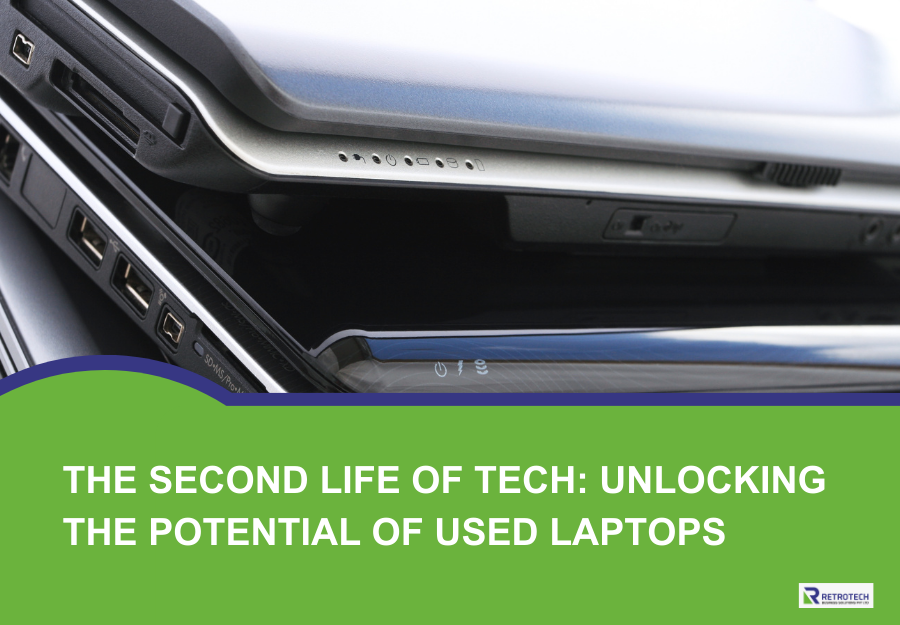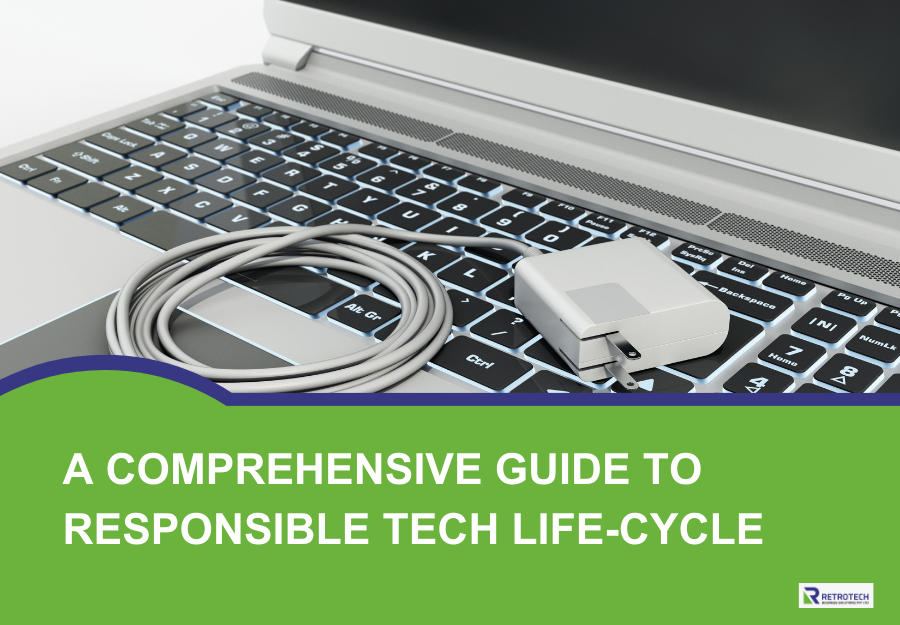What is ITAD and what are the benefits of using it?

In the fast-paced world of technology, businesses are continually upgrading their IT infrastructure to stay ahead. But what happens to the retired hardware? Enter ITAD, or IT Asset Disposition – a crucial process that goes beyond simply discarding old equipment. Let's explore what ITAD is and the myriad benefits it brings to businesses.
Understanding ITAD
ITAD Defined: IT Asset Disposition (ITAD) is the strategic approach to managing the entire lifecycle of IT assets, from acquisition to disposal. This comprehensive process involves the responsible removal, recycling, or remarketing of retired IT equipment.
The ITAD Process:
- Asset Identification: Assessing and cataloging all IT assets, identifying what is no longer needed.
- Data Sanitization: Ensuring all sensitive data is securely wiped from devices to protect privacy and comply with regulations.
- Remarketing: Reselling viable hardware to recoup costs or support sustainability initiatives.
- Recycling: Safely disposing of non-functional or obsolete hardware in an environmentally friendly manner.
Benefits of ITAD
Cost Savings: ITAD allows businesses to recover value from retired assets. Through remarketing, organizations can recoup a portion of their initial investment, offsetting the costs of upgrading to new technology.
Data Security: With the increasing emphasis on data privacy, securely erasing sensitive information is a top priority. ITAD ensures that all data is wiped, meeting regulatory requirements and protecting businesses from potential data breaches.
Environmental Responsibility: ITAD promotes sustainability by diverting electronic waste from landfills. Through responsible recycling and remarketing, businesses contribute to the circular economy, reducing their environmental impact.
Compliance and Risk Mitigation: Adhering to regulations is critical in today's business landscape. ITAD helps organizations stay compliant with environmental and data protection regulations, reducing the risk of fines and reputational damage.
Resource Optimization: Proper ITAD allows for a more efficient use of resources. By identifying and repurposing functional assets, businesses can optimize their IT infrastructure, avoiding unnecessary purchases and minimizing waste.
Brand Reputation: Demonstrating a commitment to environmental responsibility and ethical disposal practices enhances a company's brand image. Customers and partners appreciate businesses that prioritize sustainability.
Conclusion: Shaping a Sustainable Future
IT Asset Disposition is not just about getting rid of old hardware; it's about unlocking value, ensuring data security, and contributing to a more sustainable future. By embracing ITAD, businesses can navigate the ever-evolving landscape of technology with financial prudence, environmental consciousness, and a commitment to responsible corporate citizenship.
In the world of IT, the end of one lifecycle marks the beginning of another – one that holds the promise of innovation, efficiency, and a greener future. Embrace ITAD, and let your business thrive in the era of responsible technology management.

